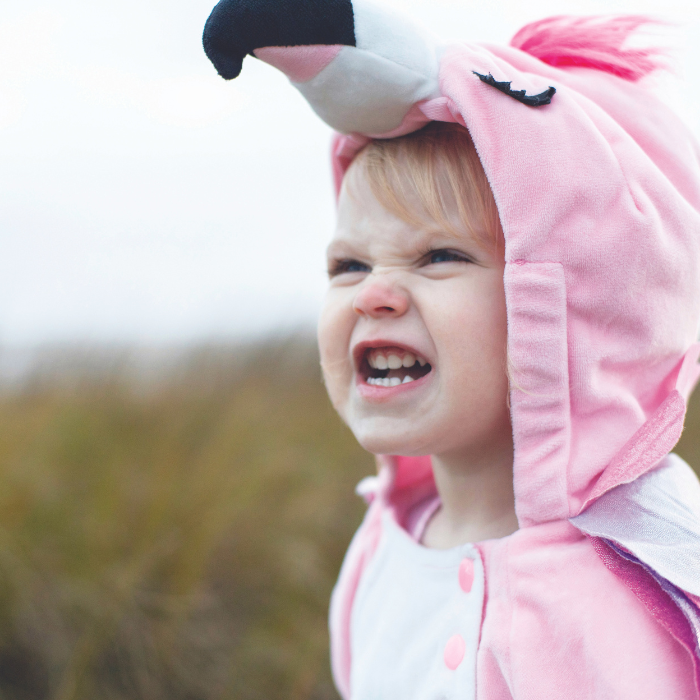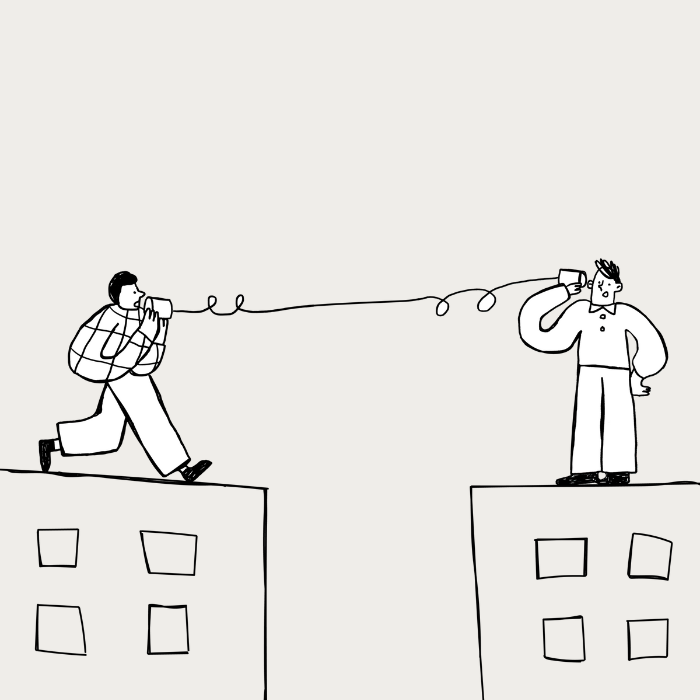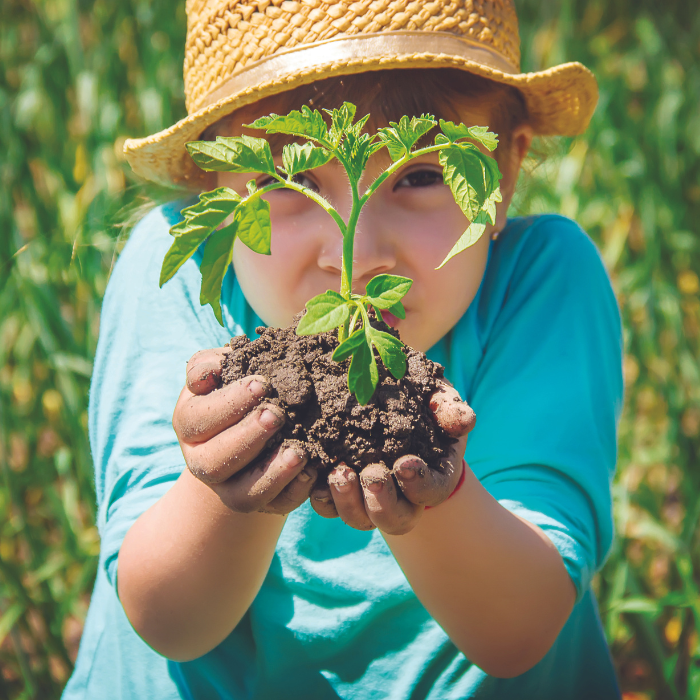
Helping your child learn to keep their cool and deal positively and safely with feelings of anger is a skill that will be hugely beneficial throughout their lifetime.
Dealing with an angry child can be a frightening and exhausting experience for all concerned, particularly if they are behaving aggressively. It is reassuring therefore to realise that children can learn to handle their anger by mastering a set of skills and strategies.
Anger is not a bad thing
Anger is a physiologically important emotion that can motivate us into action however problems with anger almost always arise when people use it in ways that has negative consequences. This is where anger management comes into play. Managing anger means consciously recognising that you are angry and then deciding how you will deal with the energy. Positive anger management involves using the energy to fuel some type of action that will resolve the problem or diffuse the emotion, without violating the rights of others.
Anger is an emotion, not a behaviour
It is a particular kind of response to an external trigger. When we get angry, our range of responses is defined by certain things that include our age, our experience of how we have seen anger dealt with by significant others during our childhood and our threshold of endurance to frustration and other negative stimulus.
Values and self beliefs determine angry reactions
In order for a child who feels angry to choose an alternative behaviour, they need to believe they have the personal power to do this. For children to believe they are capable of influencing a situation, they must have the self-awareness to reflect on their own thoughts and actions, be able to listen to their conscience to know what’s right from wrong, have the imagination to see new possibilities for handling things and believe they have the will power to make choices. We need to teach children that the feeling of anger is natural and okay, but that we need to follow rules about how we express this emotion so that our feelings don’t result in dangerous behaviour.
Identifying triggers
Children need to learn to identify the everyday situations that trigger their feelings of anger, in which case they are more likely to be able to control their reaction or even to avoid situations that make them mad. It is also helpful to know whether your child is harbouring any feelings of anger from past experiences.

Putting things into perspective
Children need to learn to put things in perspective. Although they might not be happy about an outcome or find a situation unfair, they need to learn to decide whether or not it is worth spending energy getting upset about or if they should just accept it. This encompasses the “don’t sweat the small stuff” concept.
Calming down techniques
Children should be taught relaxation techniques to help them calm down when they feel angry, as it is harder to choose a positive response to solving a conflict if you are reacting with your emotions, not your head. Some strategies to impart might include counting backwards, visualising a place in their mind that makes them feel safe and happy, breathing deeply through the nose, or having a long cold drink.
Articulating feelings
While aggression is certainly no way to solve problems, passivity is just as ineffective. Passivity can leave a person feeling disempowered and ultimately angrier. Children need to learn the skill of solving conflict by articulating their feelings in an assertive way. Teach them these wise words to give them the power to tell people how they feel and what they want to happen, using the following outline: I feel (how you feel) when (what has happened) because (why it makes you feel that way), I would like (what do you want to change) or (what will you do if it doesn’t change). It is also essential to teach your child a wide range of words to describe their emotions. If children have a limited vocabulary for describing the level of anger they are experiencing, they tend to resort to swearing or physical violence.
Avoid negative thinking
Negative thinking can influence the way people respond when they are angry, as these thoughts increase feelings of anger. Stopping mad thoughts is a difficult skill to learn, but research suggests it is the skill most likely to assist children to change their behaviour. To stop mad thoughts from self-talk when angry, a child needs to know how to replace them with self-statements that are calming or positive thoughts. For example, let it go, it’s not worth the hassle.
Teasing
Being teased is a common childhood scenario and sometimes children will taunt others simply to make them angry. Emphasise to children that if they react in a negative way, it shows they have taken the bait, which demonstrates the other person has more control over their behaviour than they do.
Frameworks for solving problems
Provide children with a framework involving a predetermined set of steps for solving problems. If they can follow a process for how to react in situations, they are less likely to act on impulse. Encourage them to acknowledge the problem and how they are feeling, consider all the choices and consequences they have, and select the best choice. They should evaluate the outcome – if it is positive, that great; if not, select another choice or ask for help.
Give children a consequence for bad actions
It is also important that children learn to anticipate the consequences of their actions before they choose how to react. They must also understand that the consequences are not just punishments (no computer), but also relate to self-perception (I feel guilty for saying that) and social repercussions (no one feels like talking to me). These social consequences are often more meaningful to children than punishments.

Calm down space
Finally, children should have a space in which they can choose to go to calm down when they realise cannot resolve the situation in a positive way immediately. This may be known as a time out space or cooling chair and serves to provide a place for safety, calming down and thinking about how to solve the problem; it is not a punishment. When they have calmed down, they are expected to return and resolve the situation in a positive manner. However, the choice to use the space must occur before any abusive or destructive behaviour ensues.
By teaching your child these strategies to use in response to their feelings of anger, you empower them with a sense of personal competence and enable them to exercise greater self control to “keep their cool”.
Ages & Stages
Under 5’s
- help your child describe their feelings, using words such as sad, happy, cross, upset, etc
- encourage your child to persevere with tasks they initially find difficult
or frustrating - teach them from an early age the difference between right and wrong, and that hurting others and damaging property is unacceptable
5 to 8 years
- role-model dealing with feelings of frustration, annoyance and anger in a non-aggressive manner
- role-model using language to show them how you feel, such as: I feel cross when you do that because …
- warn your children that others might tease them simply to get a reaction and that the key is not to show that they are upset or react in a negative manner
9 to 12 years
- work out key triggers for feelings of anger and decide on a framework for solving problems and some things to do if the feeling becomes overwhelming (e.g., deep breathing, counting backwards, etc)
- teach your children that the feeling of anger is natural and okay but that we need to follow rules about how we express this emotion (e.g., we don’t hurt others, we don’t plot revenge, we don’t hurt ourselves)
- encourage your child to find a calming-down space somewhere in the house, and even at school if necessary
Paula Galey (M Ed Psych (hons) Hdip Tchg) is a teacher who specialised in working with students with learning and behaviour difficulties. She currently writes educational resources while raising her three children.








